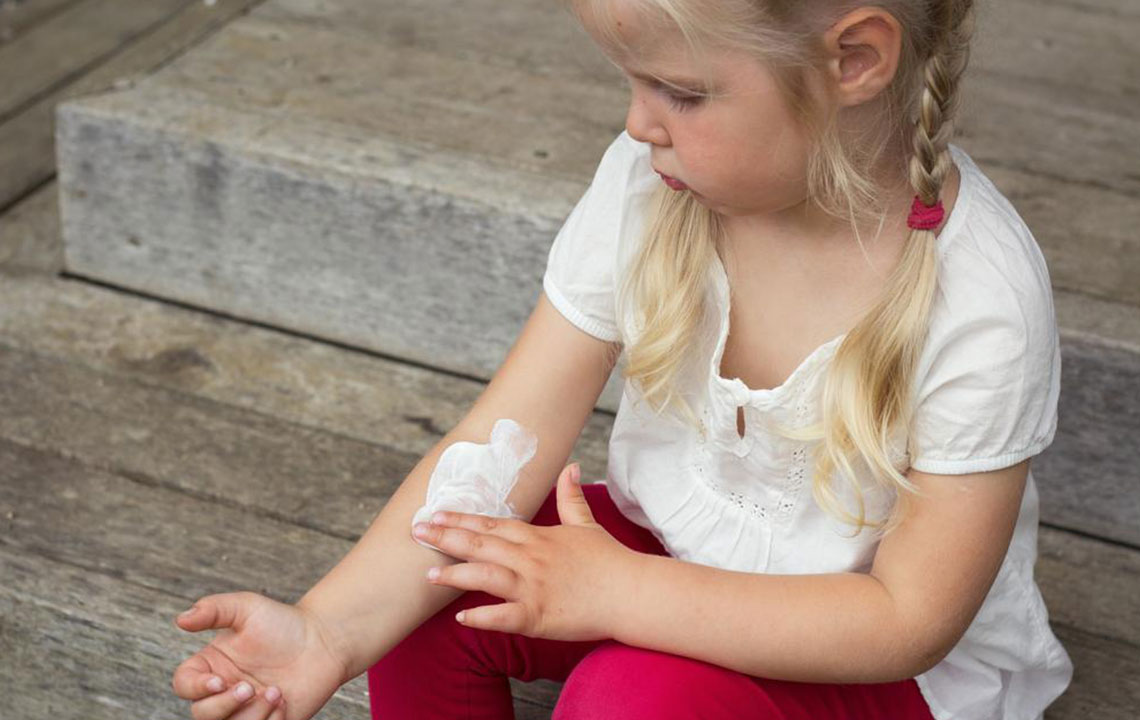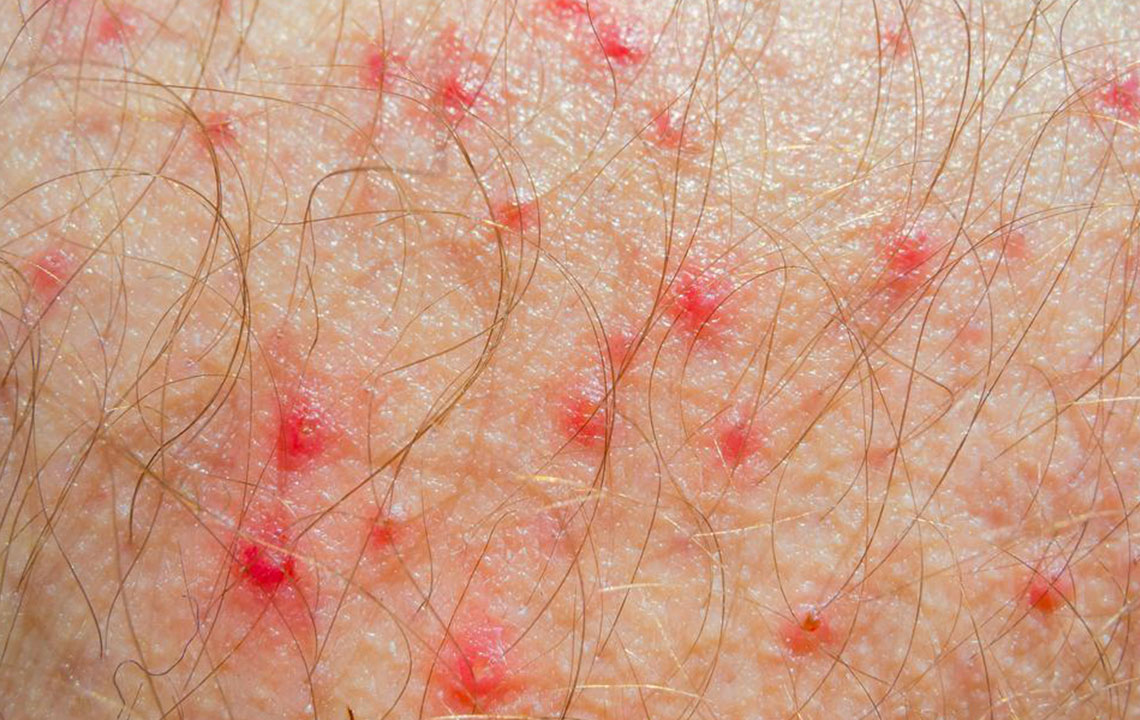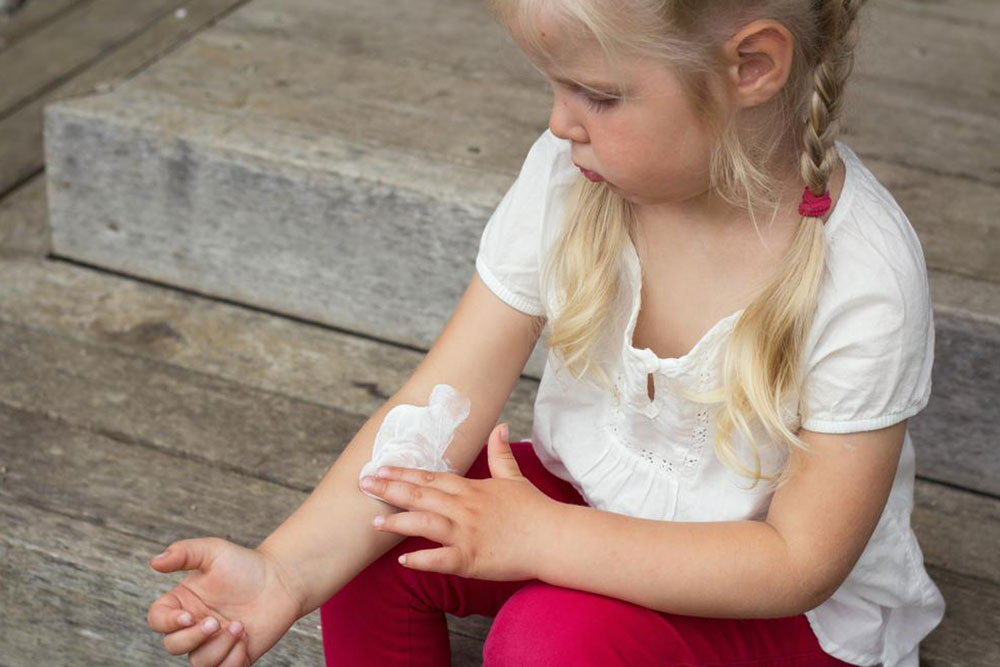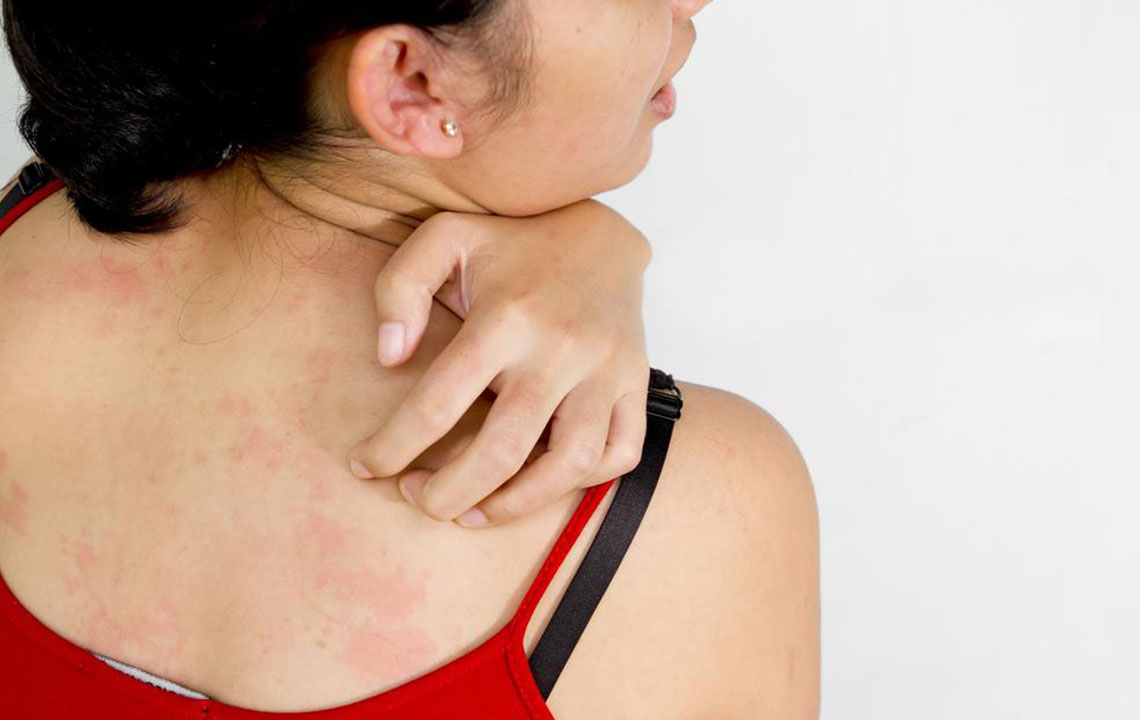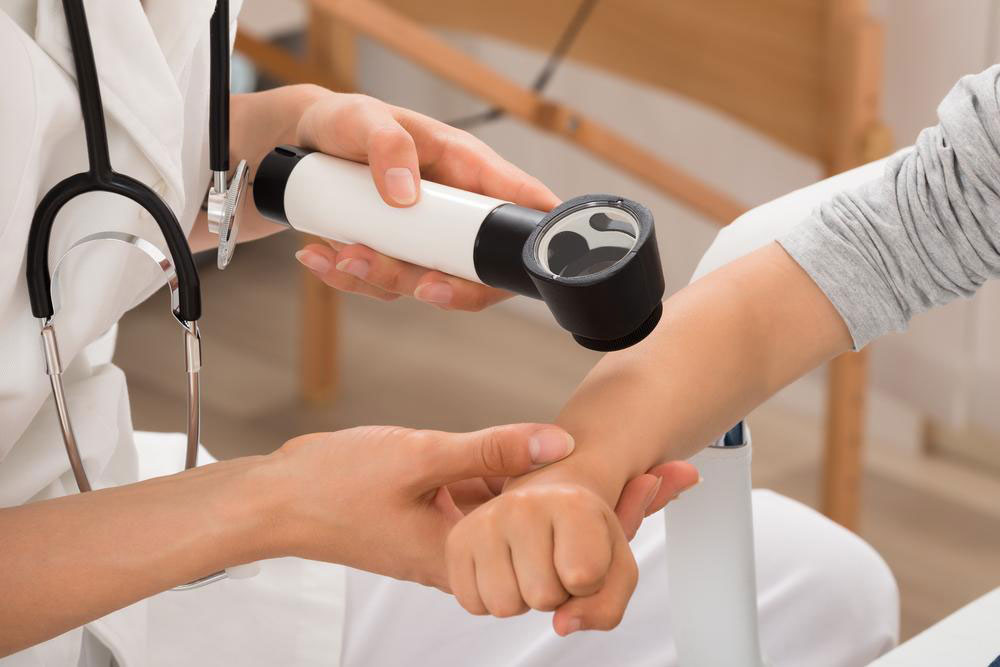Comprehensive Guide to Atopic Dermatitis: Causes, Symptoms, and Effective Management Strategies
This comprehensive article explores the causes, symptoms, and management strategies for atopic dermatitis, also known as eczema. It covers genetic and environmental factors, visual signs, medical treatments, lifestyle adjustments, and effective home remedies. Emphasizing early detection and personalized care, the guide aims to help individuals control flare-ups, prevent infections, and maintain healthy skin. Understanding this chronic skin condition can improve quality of life through informed, proactive management and proper skincare routines.
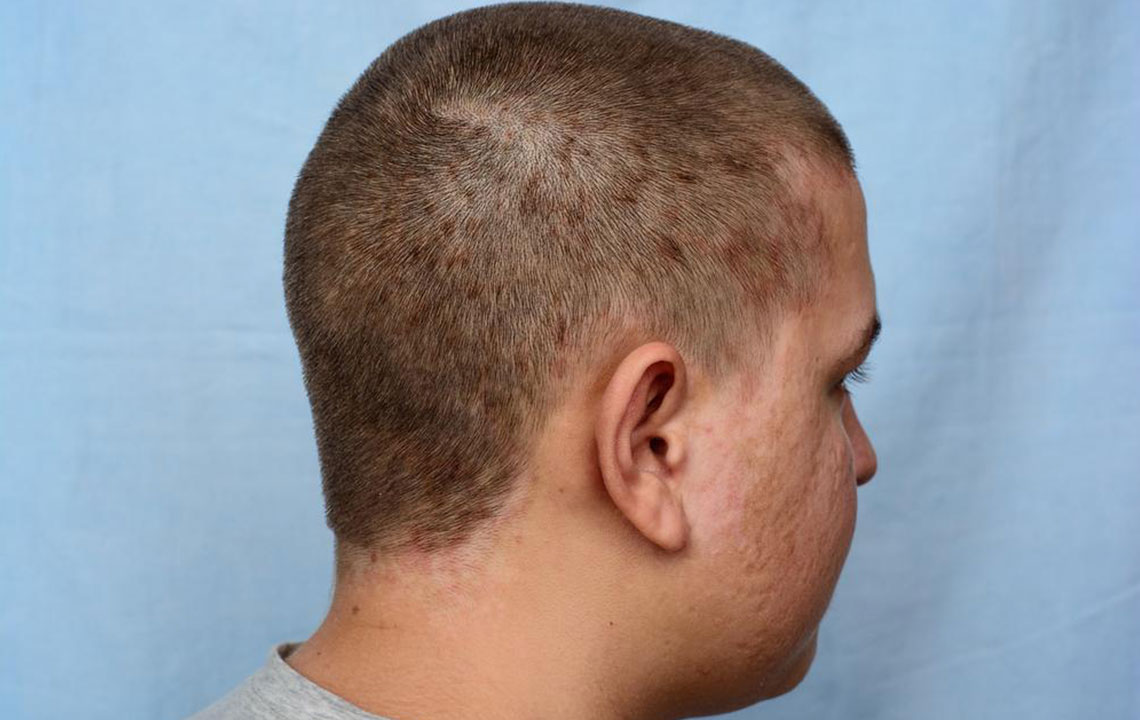
Comprehensive Guide to Atopic Dermatitis: Causes, Symptoms, and Effective Management Strategies
Our skin, serving as the largest organ of the human body, plays a critical role in protecting against environmental hazards, regulating temperature, and maintaining overall health. Due to its visibility and importance in determining physical appearance, skin health is often closely associated with self-esteem and well-being. Skin conditions, especially chronic ones like atopic dermatitis, can deeply affect a person's quality of life, causing discomfort, emotional distress, and social challenges. Therefore, understanding the nature, causes, and management of atopic dermatitis is essential for affected individuals and their caregivers.
Atopic dermatitis, also known as eczema, is a complex, long-term skin disorder characterized by inflammation, dryness, and itching. It is most prevalent in children but can persist into adulthood or even begin in adulthood. The term “atopic” reflects a genetic predisposition toward allergic reactions, including asthma, hay fever, and food allergies. “Dermatitis” indicates inflammation of the skin, which manifests in various distressing symptoms.
This condition typically manifests within the first year of life, often during infancy, but its symptoms can linger or recur throughout life. Visible by red, inflamed patches that are intensely itchy, atopic dermatitis can cause significant discomfort and impact daily activities. When scratched excessively, these patches can ooze clear plasma and become sites for bacterial infections, complicating the clinical picture further.
Known also as eczema or atopic eczema, this condition can be visually recognized through various skin changes. During childhood and infancy, rashes may cover large parts of the body, contributing to distress and discomfort. As individuals grow older, the distribution of skin lesions tends to become more localized, often affecting areas such as the inside of elbows, behind knees, wrists, ankles, and sometimes the face and neck.
The underlying cause of atopic dermatitis is complex, involving genetic, environmental, and immunological factors. Allergic reactions and immune system dysregulation play significant roles in its pathogenesis. Additionally, atopic dermatitis is frequently associated with other allergic conditions such as asthma and hay fever, forming part of the atopic triad.
Understanding the visual signs of atopic dermatitis is crucial for early detection and management. Symptoms typically include:
Persistent dry, scaly, and rough skin that does not improve easily with basic moisturizers.
Intense itching that worsens at night, leading to a cycle of scratching and skin damage.
Red, raised patches appearing in skin folds like elbows, knees, forehead, and neck.
Presence of small blisters or oozing lesions that may crust over and scar if scratched repeatedly.
Skin darkening or thickening (lichenification) over time due to chronic scratching.
Recognizing these signs early is vital to preventing severe flare-ups and secondary infections. While online images can serve as helpful references, consulting healthcare professionals ensures accurate diagnosis and tailored treatment plans.
Key Factors Contributing to Atopic Dermatitis
Research indicates several factors influence the development and severity of atopic dermatitis, including:
Hygiene Hypothesis: An overly sanitized environment during early childhood may limit exposure to microbes necessary for immune system training. This lack of microbial diversity can predispose individuals to allergic diseases, including eczema.
Genetics: A family history of allergies, asthma, or eczema significantly increases the risk of developing this condition. Specific genes related to skin barrier function and immune regulation are involved.
Water Quality: Hard water, especially containing high calcium carbonate levels, might irritate sensitive skin, triggering or exacerbating dermatitis symptoms.
Environmental Triggers: Exposure to irritants such as harsh soaps, detergents, certain fabrics like wool, and environmental allergens like pollen or pet dander can provoke flare-ups.
Effective Management and Treatment Strategies for Atopic Dermatitis
Managing atopic dermatitis involves a combination of medical treatments, lifestyle adjustments, and home remedies aimed at controlling inflammation, reducing itching, and maintaining healthy skin barrier functions.
Medical Interventions
Topical Corticosteroids: These are the mainstay in reducing skin inflammation during flare-ups. Available in various strengths, they provide rapid relief but should be used under medical supervision to prevent side effects.
Antihistamines: Oral antihistamines can help alleviate severe itching, especially at night, improving sleep quality.
Antibiotics: When secondary bacterial infections occur due to scratching, topical or systemic antibiotics might be necessary.
Immunosuppressants: In severe or resistant cases, medications such as cyclosporine or methotrexate may be prescribed to modulate immune responses.
Phototherapy: Controlled ultraviolet light exposure can be beneficial for some patients, aiding in immune regulation. However, due to potential risks such as skin aging and cancer, this option is typically reserved for stubborn cases.
Lifestyle and Dietary Adjustments
Vitamin D Supplementation: Adequate vitamin D levels may support immune function and skin health.
Dietary Considerations: Incorporating omega-3 fatty acids found in fatty fish, probiotics, and antioxidants may promote skin healing. Identifying and avoiding food allergens can also reduce flare-ups, especially in children.
Skin Care Routine: Regular lukewarm baths with gentle, soap-free cleansers help maintain skin moisture. Applying thick, fragrance-free moisturizers immediately after bathing seals in hydration and restores skin barrier integrity.
Avoidance of Irritants: Wearing soft, natural fabrics like cotton, avoiding wool and synthetic materials, and steering clear of harsh perfumes or detergents protect sensitive skin.
Environmental Control: Maintaining indoor humidity levels, avoiding extreme temperatures, and protecting skin from harsh weather prevent exacerbations.
Home Remedies and Natural Support
Coconut Oil: Known for its antimicrobial and moisturizing properties, coconut oil can soothe irritated skin and reduce dryness.
Sea Salt Baths or Sprays: Gentle sea salt solutions can help cleanse the skin, reduce bacterial colonization, and promote healing.
Cod Liver Oil: Rich in omega-3 fatty acids, this supplement may reduce inflammation and improve overall skin health.
Honey: With natural antibacterial and anti-inflammatory properties, honey can be applied topically to help heal lesions and reduce inflammation.
Long-term Skin Care and Preventive Measures
Consistent skin hydration and barrier protection are crucial for managing atopic dermatitis. Patients should routinely moisturize, avoid known triggers, and adhere to treatment plans provided by healthcare professionals. Monitoring for signs of secondary infection and seeking prompt medical care can prevent complications and improve quality of life.
In conclusion, although atopic dermatitis is a chronic condition with no cure, a comprehensive approach combining medical treatments, lifestyle changes, and home care can significantly reduce symptoms and improve skin health. Awareness, early intervention, and personalized management are key strategies in controlling this complex and often frustrating skin disorder.

